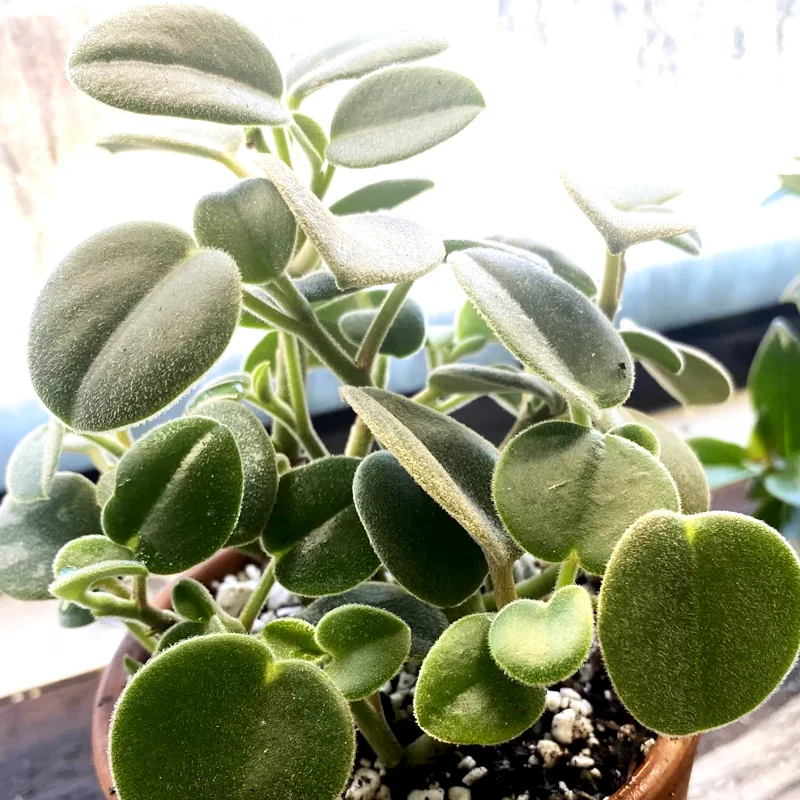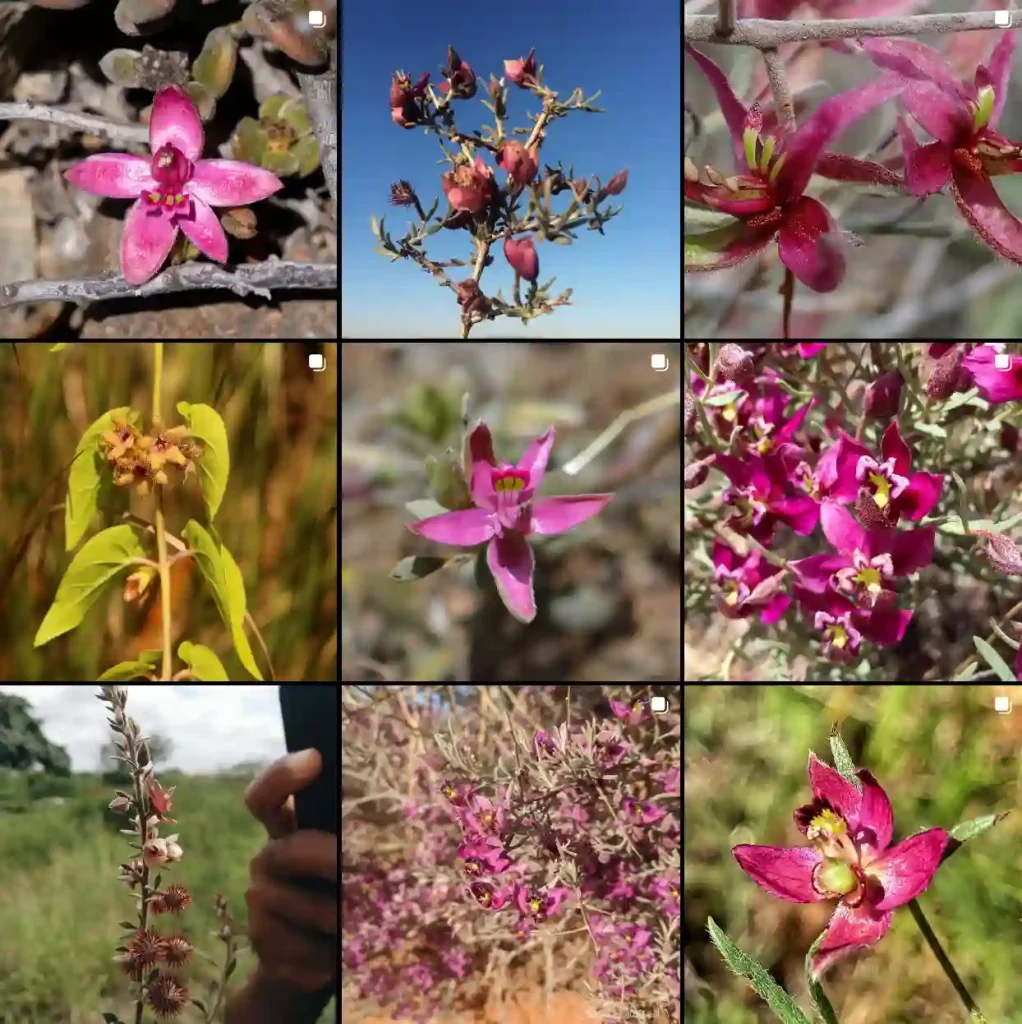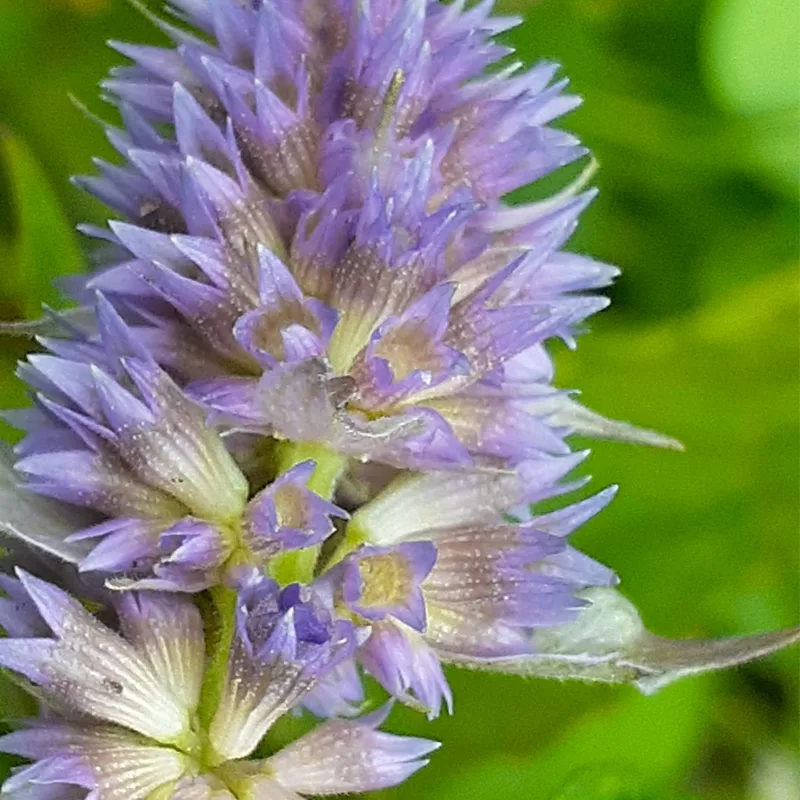FAQs about Acanthus Spinosus
As a garden enthusiast, I’ve had my fair share of experiences with Acanthus Spinosus, often known for its dramatic foliage and striking flower spikes. This plant can be quite a showstopper in the garden, but it also comes with its own set of quirks and requirements. If you’re considering adding this beauty to your garden, here are some frequently asked questions that might help.
29 Species in Genus Acanthus
What is Acanthus Spinosus?
Acanthus Spinosus, commonly referred to as the Spiny Bear’s Breeches, is a perennial plant known for its bold, architectural foliage and impressive flower spikes. It features deeply cut, spiny leaves and produces tall, tubular flowers that range from white to pale pink. This plant is native to the Mediterranean region, thriving in well-drained soils and sunny locations.
How to Grow Acanthus Spinosus?
Growing Acanthus Spinosus is relatively straightforward if you follow a few key guidelines. First, choose a sunny or partially shaded spot in your garden. This plant prefers well-drained soil, so make sure your soil has good drainage to prevent root rot.
Planting should be done in early spring or fall. Space your plants about 18 to 24 inches apart to allow for their spread. Acanthus Spinosus is known for its vigorous growth, so be prepared for it to fill out the space quickly. Water regularly but avoid overwatering; the soil should be kept moist but not soggy.
How to Make Acanthus Spinosus Bloom?
Getting Acanthus Spinosus to bloom can be a bit of a challenge, but it’s achievable with the right care. Ensure your plant is receiving adequate sunlight, as it typically needs at least 6 hours of direct sunlight daily. Additionally, fertilize your plant in early spring with a balanced fertilizer to encourage robust growth and blooming.
Deadheading spent flowers can also promote additional blooms. However, it’s worth noting that Acanthus Spinosus has a natural blooming cycle, and it might take a couple of years before it reaches its full flowering potential.
How to Propagate Acanthus Spinosus?
Propagation of Acanthus Spinosus can be done through division or from seeds.
- Division: The best time to divide your Acanthus Spinosus is in early spring or fall. Carefully dig up the plant and divide the root ball into smaller sections. Each section should have healthy roots and shoots. Replant these divisions immediately in their new locations.
- Seeds: You can also propagate from seeds, though this method requires patience. Collect seeds from mature plants and sow them in a seed tray filled with a seed-starting mix. Keep the tray in a warm, sunny location and keep the soil moist. Seedlings will typically emerge in a few weeks.
Where to Buy Acanthus Spinosus?
You can purchase Acanthus Spinosus from various sources. Local nurseries and garden centers often carry this plant, especially those that specialize in perennials or Mediterranean plants. Additionally, online retailers and plant catalogs offer Acanthus Spinosus, sometimes with a wider selection of varieties.
Acanthus Spinosus vs Acanthus Mollis
When comparing Acanthus Spinosus to Acanthus Mollis, several differences stand out.
- Foliage: Acanthus Spinosus has spiny, deeply cut leaves, which are more rugged compared to the smoother, broader leaves of Acanthus Mollis.
- Flowers: The flowers of Acanthus Spinosus are generally more slender and less clustered than those of Acanthus Mollis.
- Growth Habit: Acanthus Spinosus tends to be more upright and less spreading compared to the more sprawling nature of Acanthus Mollis.
How to Care for Acanthus Spinosus?
Caring for Acanthus Spinosus involves regular maintenance. Keep an eye on watering needs, ensuring the soil is moist but not waterlogged. In colder climates, mulch around the base of the plant to protect the roots during winter.
Pruning is minimal but can include removing dead or damaged leaves to maintain the plant’s appearance. Additionally, dividing the plant every few years can help manage its size and promote healthier growth.
Can You Grow Acanthus Spinosus Indoors?
Acanthus Spinosus is best suited for outdoor gardens due to its size and light requirements. It can be grown indoors if you have a large, sunny space, but it requires ample light and room to accommodate its growth. Indoor conditions might not be ideal for its full development, but with proper care, it can be grown indoors for a time.
Is Acanthus Spinosus Toxic?
Acanthus Spinosus is generally not considered toxic to humans or pets. However, it’s always wise to keep plants out of reach of small children and pets, as some plants can cause minor digestive issues if ingested.
Benefits of Acanthus Spinosus
Acanthus Spinosus is prized for its dramatic foliage and architectural flower spikes. It can serve as a focal point in garden beds, borders, or as a backdrop for other plants. Additionally, its drought tolerance makes it a good choice for low-maintenance gardens.
Common Problems with Acanthus Spinosus
Common issues with Acanthus Spinosus include root rot due to overwatering and occasional pest problems such as aphids or slugs. Ensuring proper drainage and keeping the plant’s base clean can help mitigate these problems.
With these tips and insights, I hope you feel more confident about growing and caring for Acanthus Spinosus in your garden. It’s a resilient plant that, with the right conditions, can be a stunning addition to your landscape.
If i die, water my plants!



